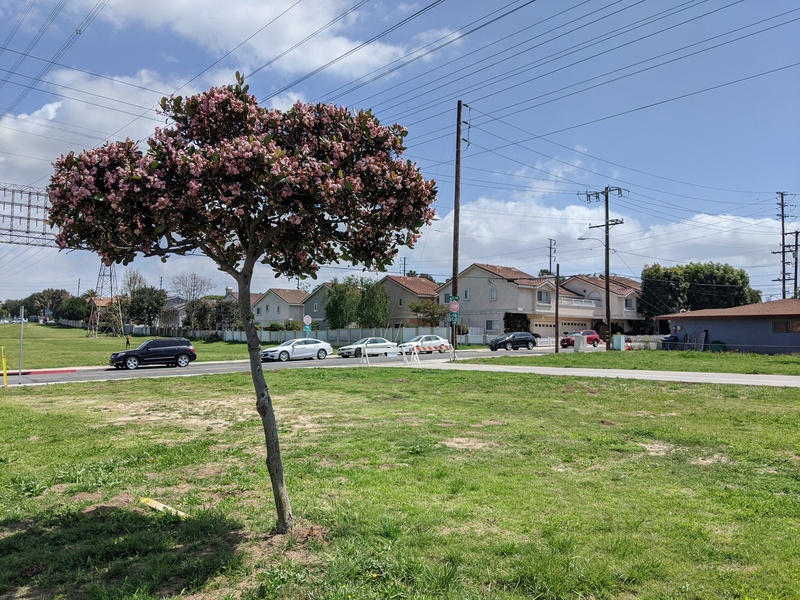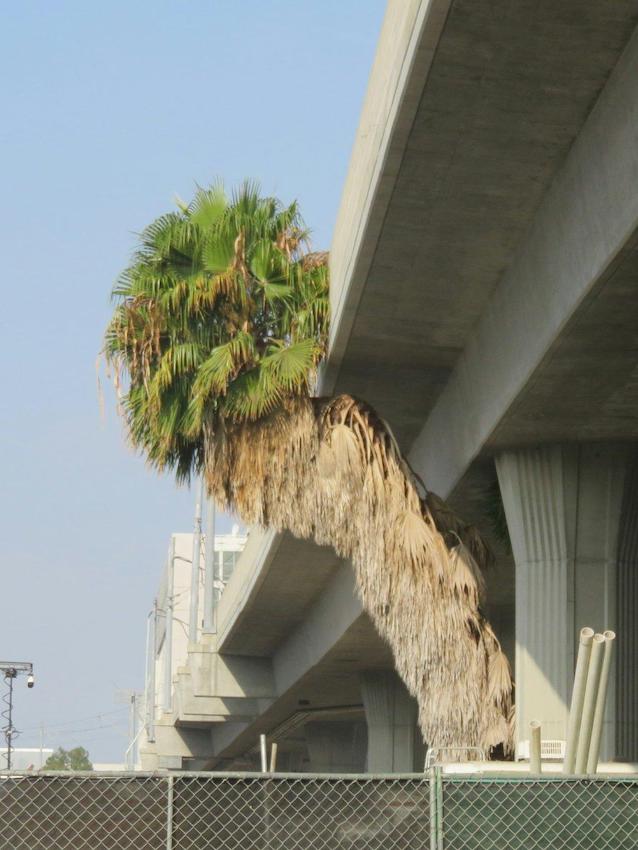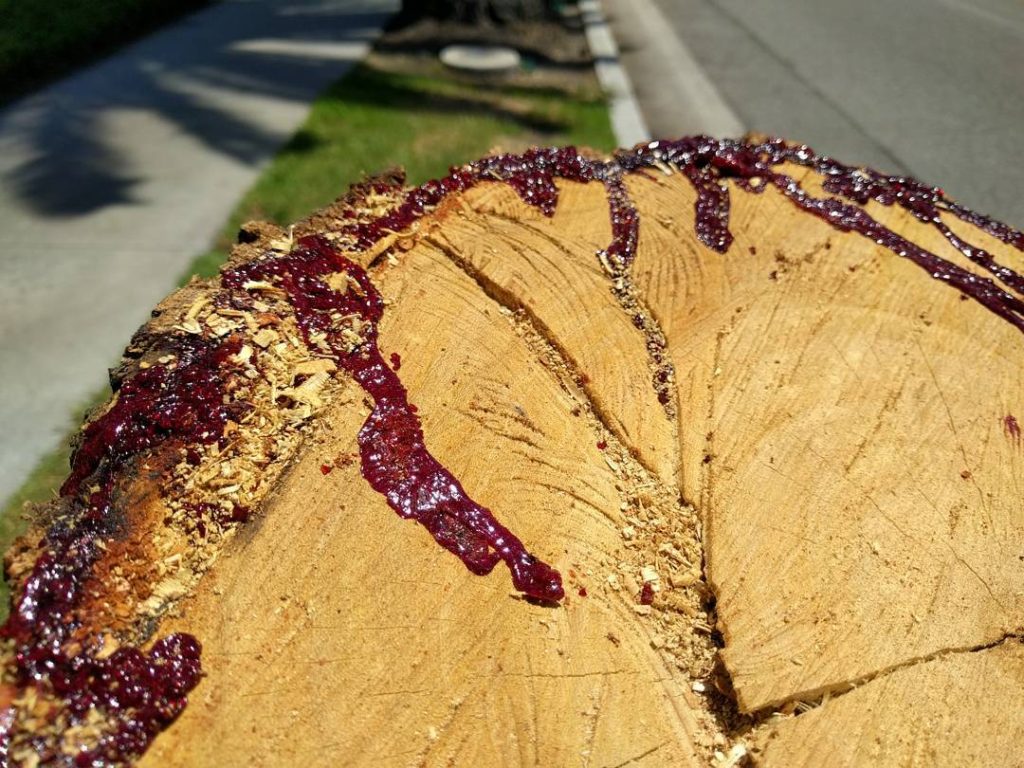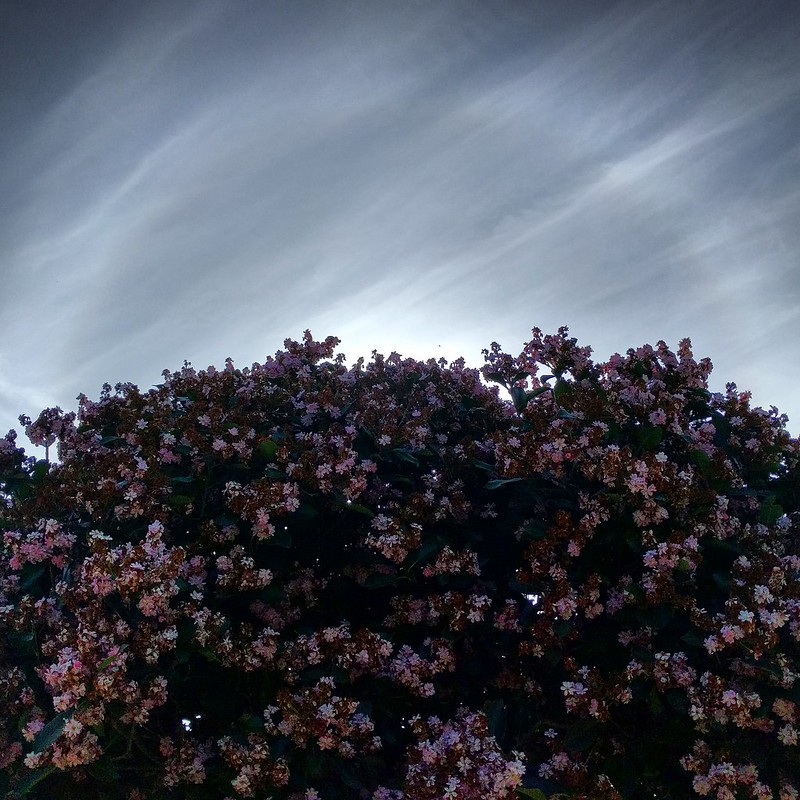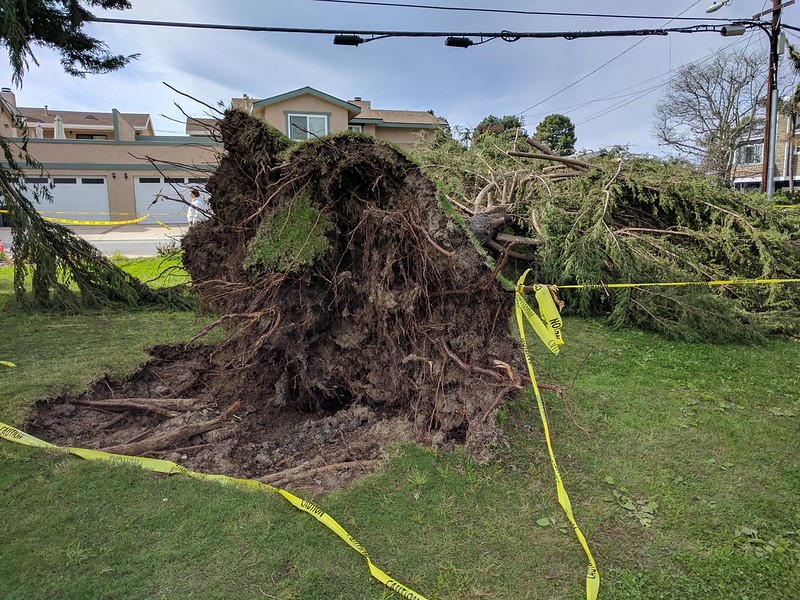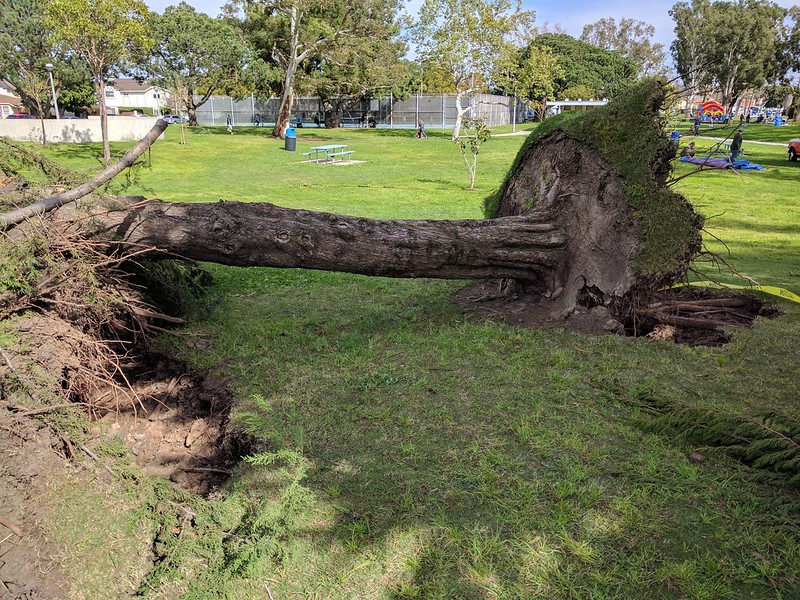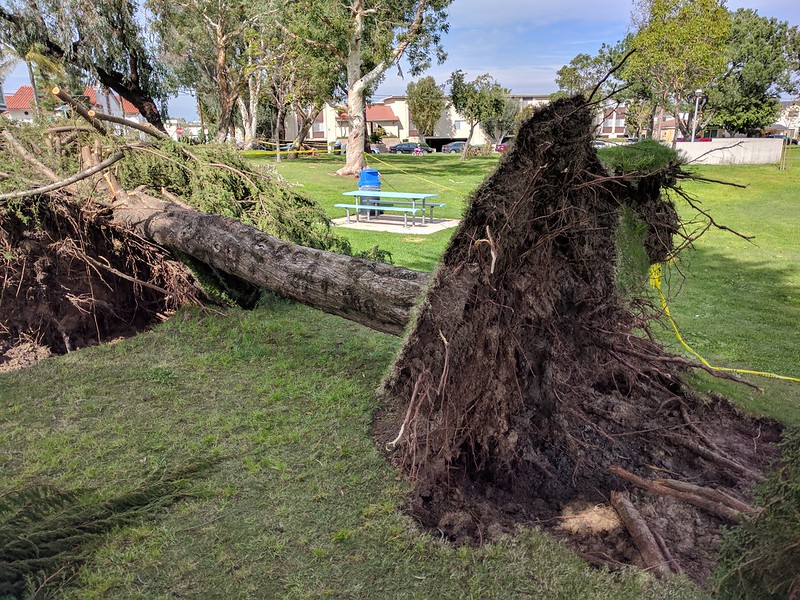Interesting read on building “microforests”: If you don’t have enough room for actual rewilding, plant a small plot of multilevel native plants and trees in a park, school yard, or even your own back yard — especially in urban areas. Anywhere you can fit an oak (or equivalent), some shorter trees, some bushes and some ground cover. Create a thicket that will support small birds, insects and other animals, and just let it grow.
Horticulturist Katherine Pakradouni is developing a Los Angeles-focused how-to guide at LAMicroforests.com. Update (November): The site is live!
It makes me wish I actually had a back yard!
